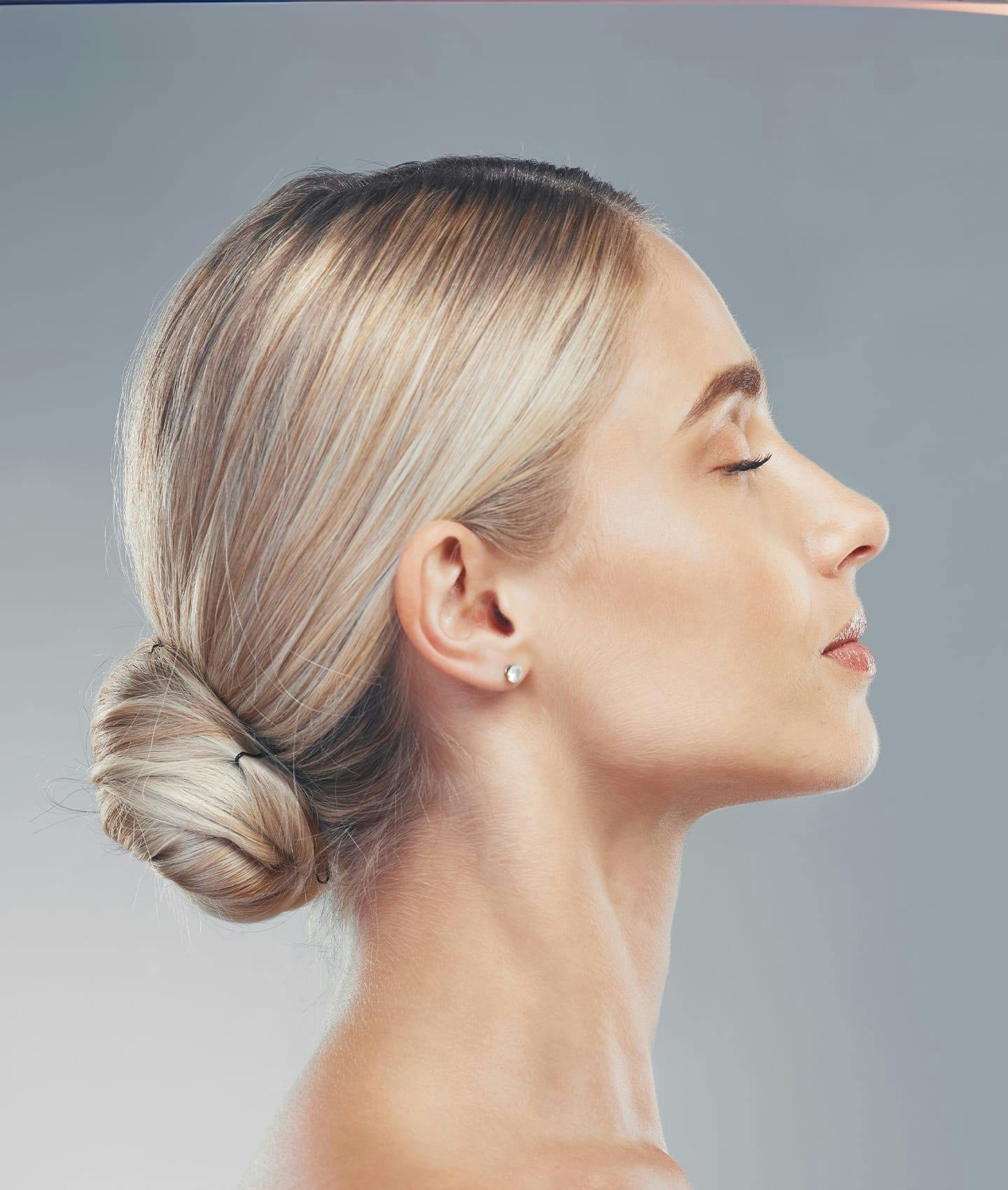Positional Head Deformities have dramatically increased in frequency following the recommendation by the American Academy of Pediatrics that all infants sleep on their backs to prevent sudden infant death syndrome (SIDS).
About
Characteristic findings in positional head deformity include:
- Flatness of the back of the head on the affected side
- Flatness of the forehead on the opposite side
- Rotation of the ear forward on the affected side
- Fullness of the forehead on theafftectedside
- A trapezoidal shape of the skull
When diagnosed in the first year of life, children can usually be treated non-surgically using band or helmet therapy. This involves making a plaster mold of the skull, from which a model of the skull is then made. This model is then rounded out and used to fabricate a form-fitting band or helmet that sits snugly against the prominent areas of the head. The flattened, recessed areas of the skull are permitted to gradually expand into the open areas of the band or helmet. Correction in skull shape usually occurs within three to six months. The helmet or band is made by a skilled orthotist working with a pediatric craniofacial surgeon, pediatric neurosurgeon or pediatrician.
In older children craniofacial surgery is necessary only when deformities around the forehead and eyes are especially pronounced or incompletely masked by the hair. This surgery is similar to that performed for craniosynostosis.




